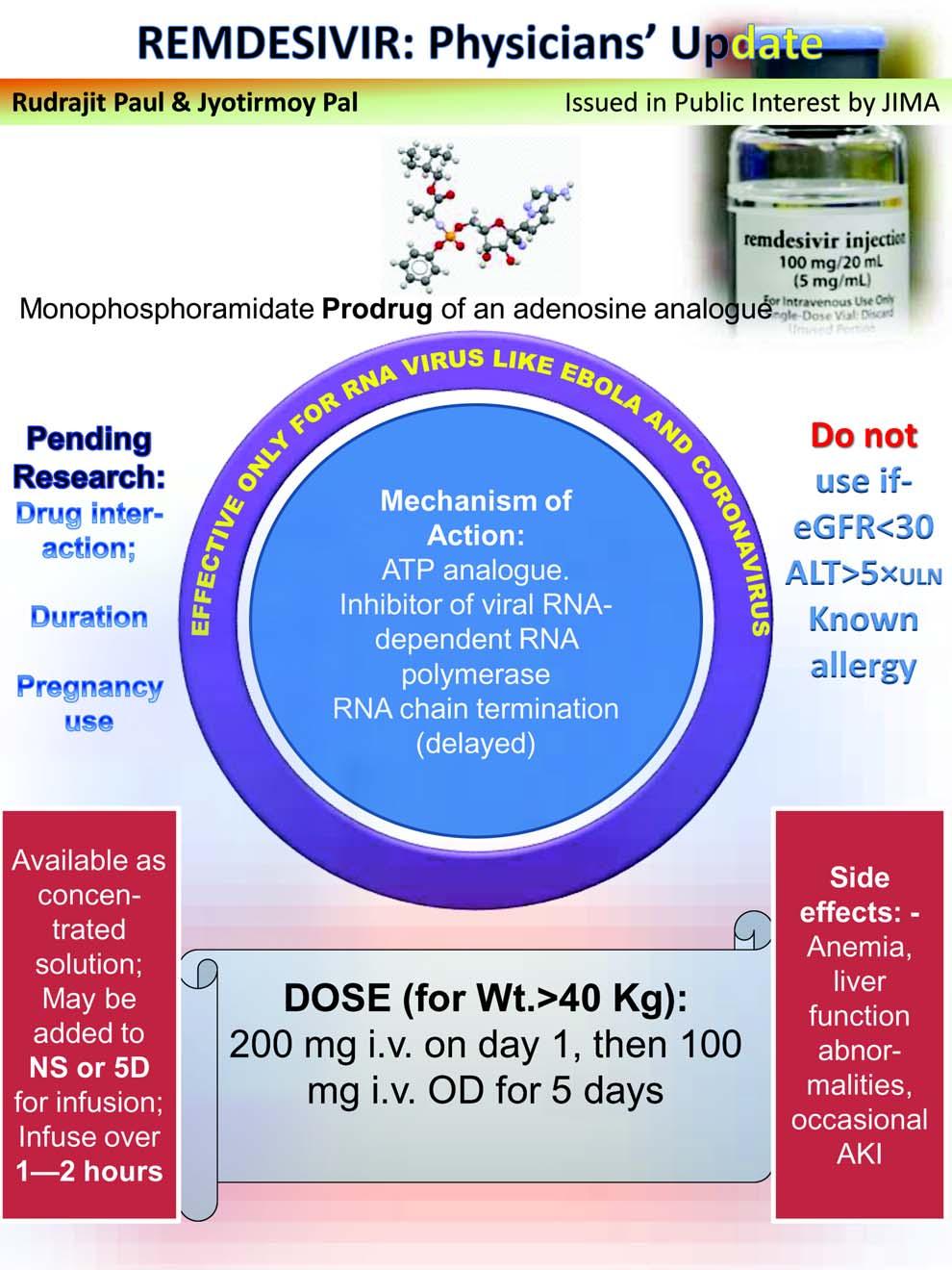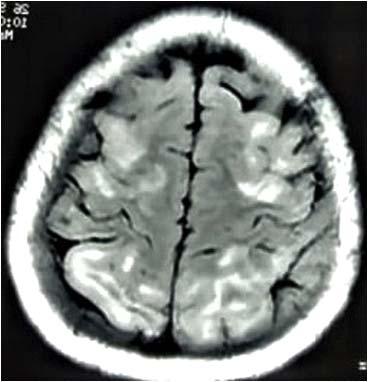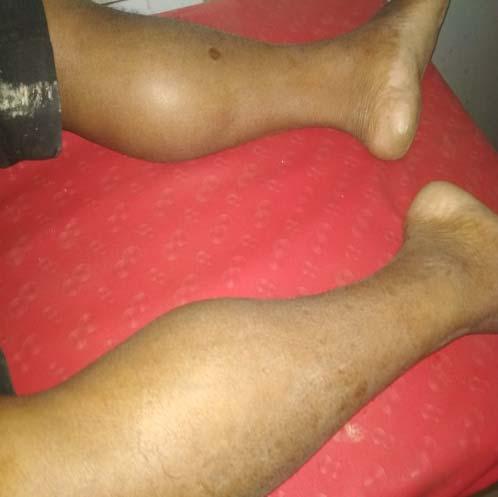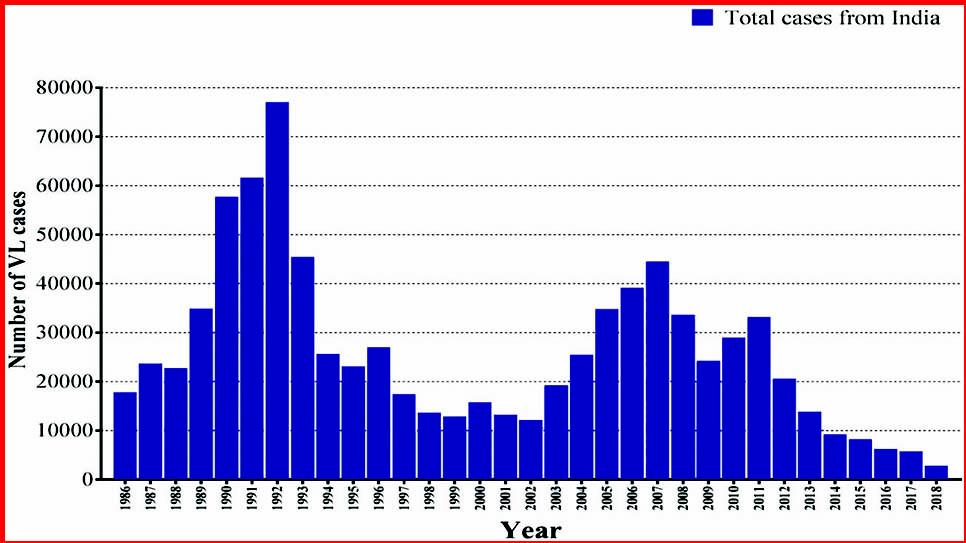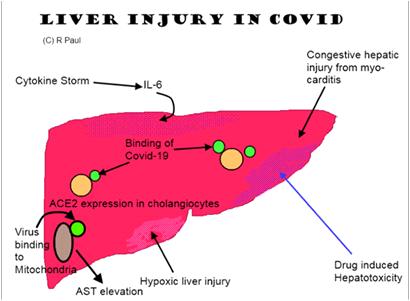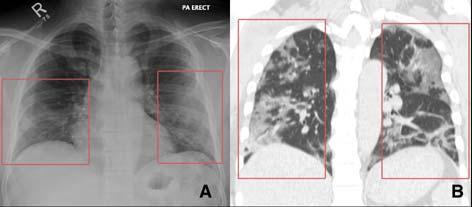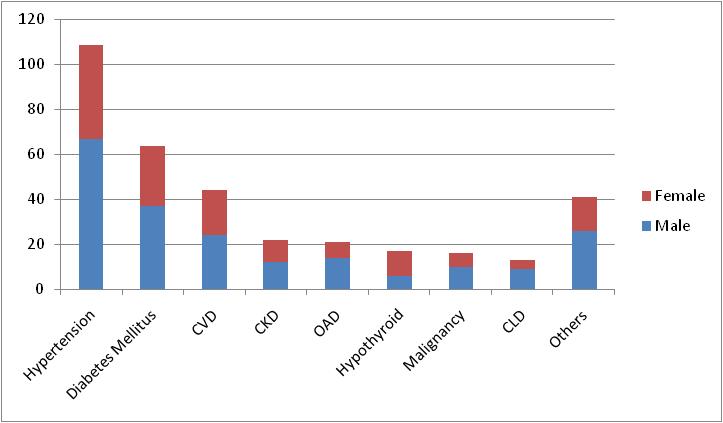JOURNAL OF THE INDIAN MEDICAL ASSOCIATION, VOL 118, NO 06, JUNE 2020
Original Article Tacrolimus versus Rituximab in adult onset steroid resistant nephrotic syndrome Sanjay Dasgupta1, Rajib Mondal2, Kapiljit Chakravarty3, Vaibhav Tiwari4, Raju Kumar Sahu5, Atanu Pal6, Asit kumar Mandal7, Smita Divyaveer8 Introduction : Focal segmental glomerulosclerosis and Minimal change disease are two most important causes of nephrotic syndrome in the adults. Non response with fourmonth therapy in adults with full dose steroid is defined as steroid resistant nephrotic syndrome. Steroid resistance predicts a high risk of progression to end stage renal disease. Calcineurin inhibitors are the first line treatment for steroid resistant disease. Other novel agents like Rituximab is also tried in the disease. This study is done to compare the efficacy of tacrolimus and rituximab in steroid resistant minimal change disease and focal segmental glomerulosclerosis. Methods : This is an open label prospective randomized parallel group interventional study with a sample size 15, duration of 22 months and conducted in Department of Nephrology, IPGME&R and SSKM hospital Kolkata. Patients of 18 to 60 years of age with kidney biopsy proven minimal change disease and focal segmental glomerulosclerosis who are steroid resistant are randomly assigned in two arms in 2 : 1 distribution for tacrolimus and rituximab. Results : In tacrolimus arm 70% of patients achieved any form of remission among which 40% achieved complete remission in the study period. In rituximab arm 100% of patients achieved any form of remission among which 40% achieved complete remission. The decrease in proteinuria in both groups from beginning to end of the study are each statistically significant. In tacrolimus group the mean eGFR decreased and in rituximab group mean eGFR increased but each of them is not statistically significant. Two patients did not respond to tacrolimus. Conclusion : In both groups there was comparable remission without any statistically significant change in eGFR. There is limited serious infection in rituximab group. Recurrent infection is more common in tacrolimus group. [J Indian Med Assoc 2020; 118(6): 26-30]
Key words : Nephrotic syndrome, steroid resistant, remission, Tacrolimus, Rituximab.
M
inimal change disease (MCD ) is a cause of nephrotic syndrome in approximately 10% of adults. Focal segmental glomerulosclerosis (FSGS) accounts for 35% of all adult onset nephrotic syndrome,
Editor's Comment :
1
MD (Medicine), DM (Nephrology) Associate Professor, Department of Nephrology, NRS Medical College, Kolkata 700014 2 MD (Medicine), DM (Nephrology), Senior resident, Department of Nephrology, NRS Medical College, Kolkata 700014 and Corresponding Author 3 MD (Medicine), DM (Nephrology), Tutor, Department of Nephrology, B S Medical College, Bankura 722101 4 MD (Medicine), DM (Nephrology), Consultant, Department of Nephrology, Sir Ganga Ram Hospital, New Delhi 110060 5 MD (Medicine), DM (Nephrology), Assistant Professor, DKS Postgraduate Institute and Research Centre, Chhattisgarh 492001 6 MD (Medicine), DM (Nephrology), Assistant Professor, Department of Nephrology & Rheumatology, IPGME&R, SSKM Hospital, Kolkata 700020 7 MD (Medicine), DM (Nephrology), Senior Resident, Department of Nephrology, Burdwan Medical College & Hospital, Burdwan 713101 8 MD (Medicine), DM (Nephrology), Post Graduate Institute of Medical Education and Research, Chandigarh 160012 Received on : 18/11/2019 Accepted on : 18/03/2020
Both tacrolimus and rituximab are effective in treating steroid resistant nephrotic syndrome. Rituximab is not inferior to tacrolimus in treating Steroid resistant nephrotic syndrome due to minimal change disease and focal segmental glomerulosclerosis. The chance of drug non compliance is lesser with rituximab than tacrolimus.
and over 50% among African Americans1. MCD and FSGS primarily affect the podocytes (podocytopathies) and may be the spectrum of the same disease having same medical management. Adult nephrotic syndrome, if steroid resistant predicts a high risk of progression to end stage renal disease. FSGS may be primary or secondary to adaptive response to glomerular hypertrophy or hyperfiltration. In secondary FSGS, immunosuppression is not indicated. Initial therapy in MCD and FSGS is done with prednisolone 1 mg / kg / day, maximum 80 mg or 2 mg /kg alternate day, maximum 120 mg for minimum 4 weeks and 26

